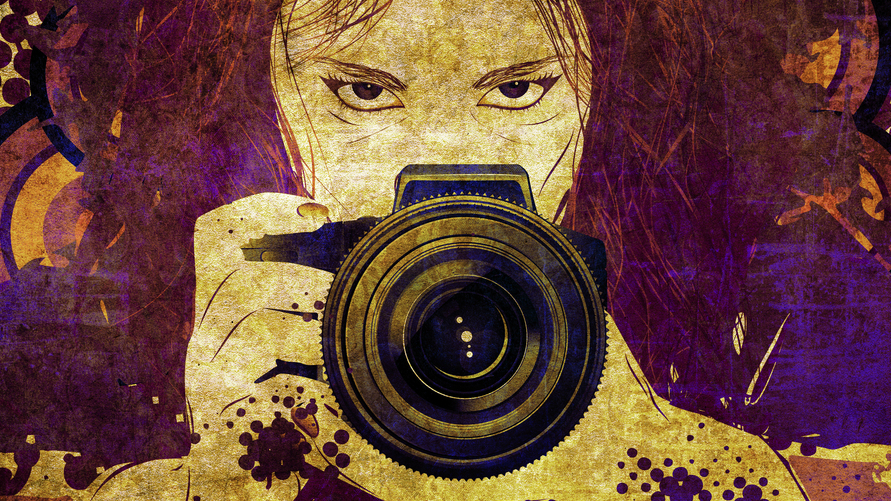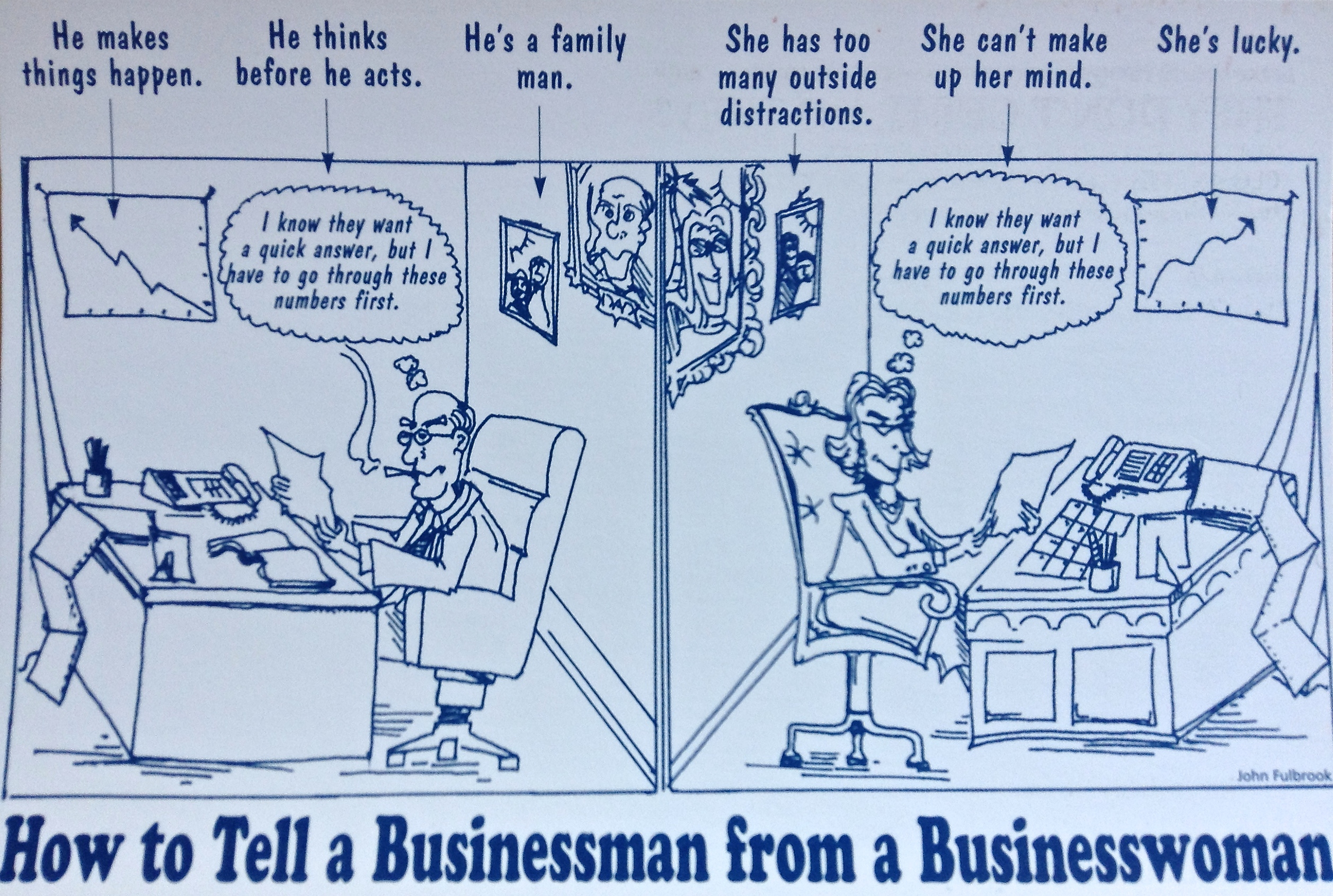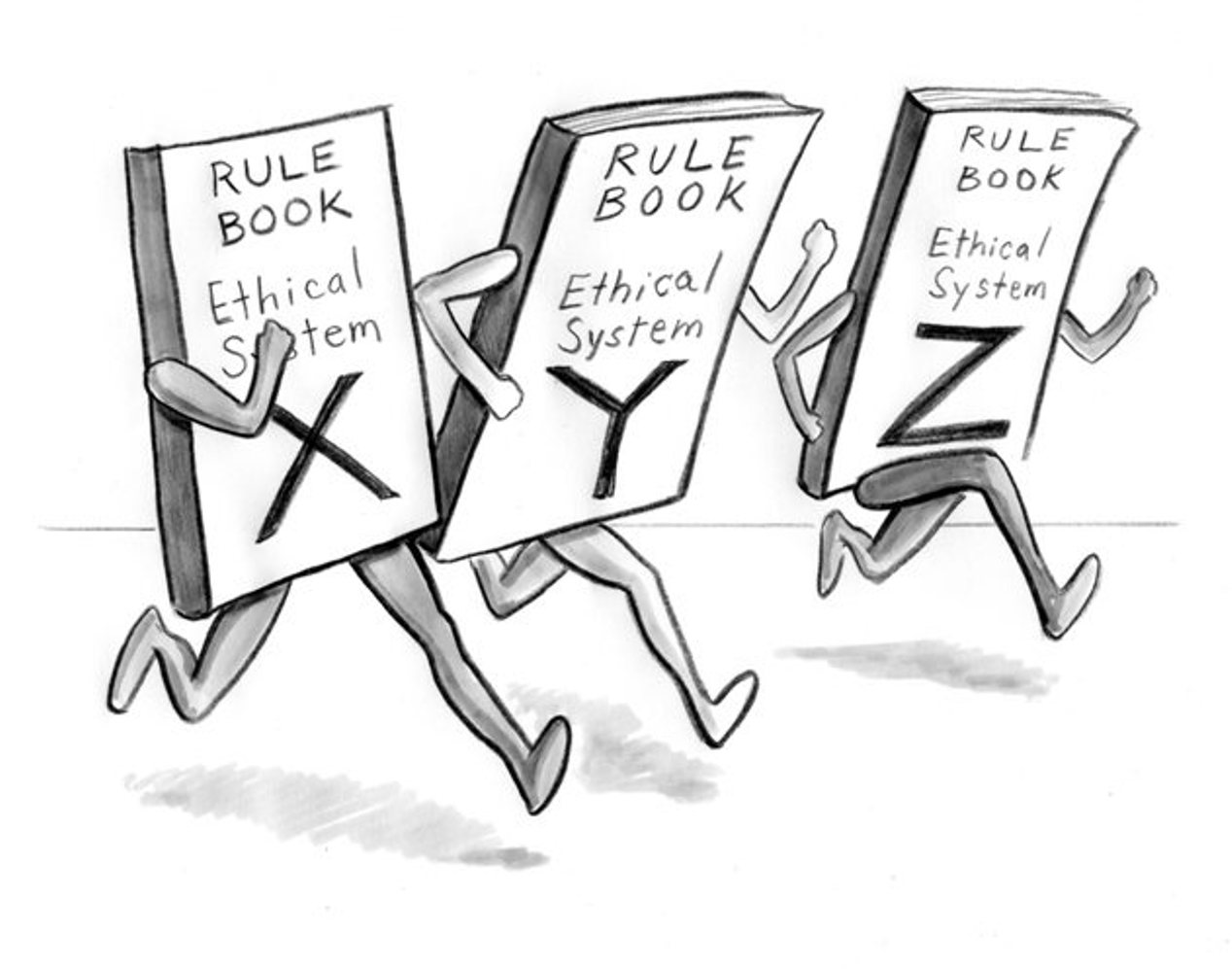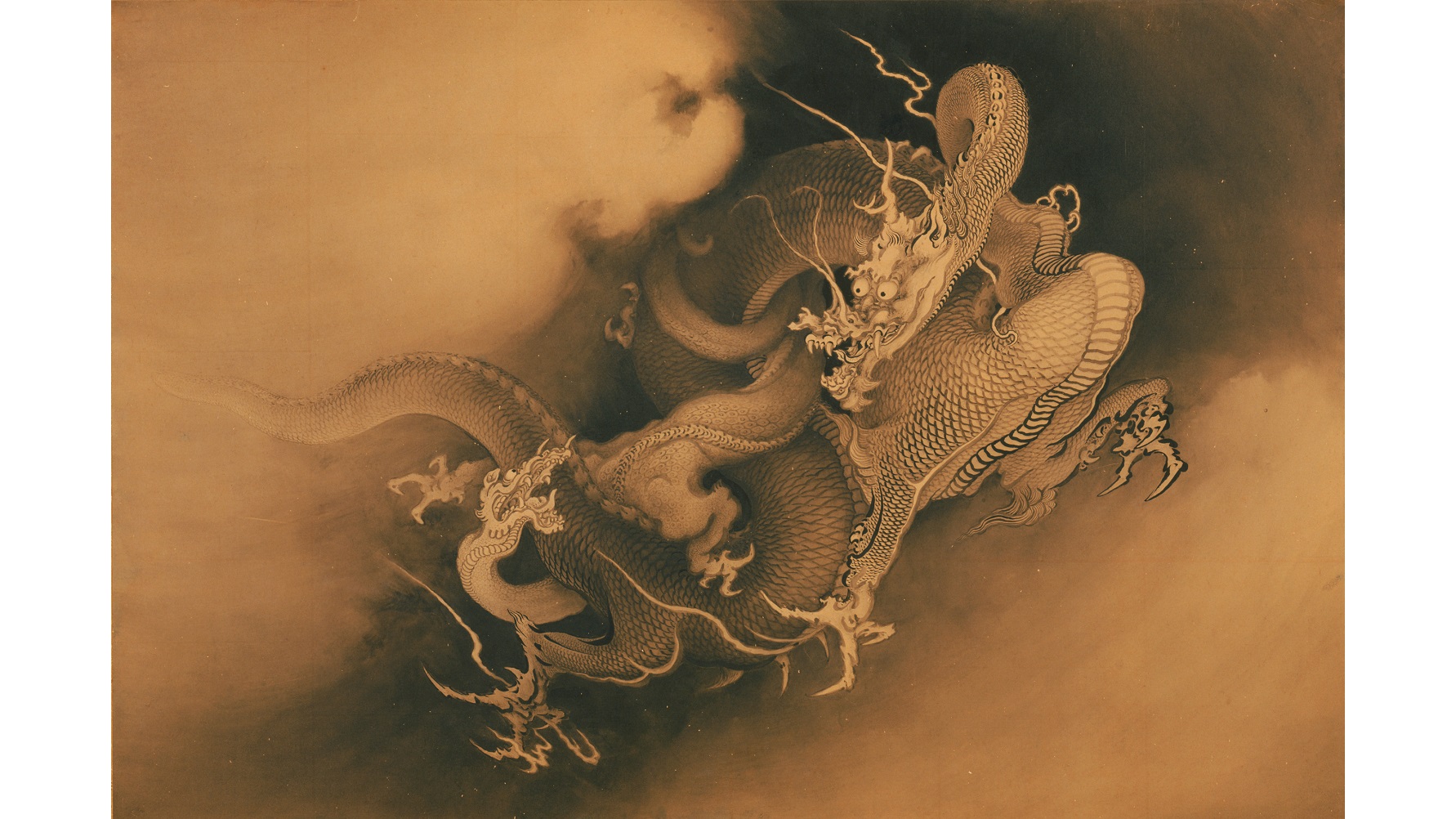“If education is always to be conceived along the same antiquated lines of a mere transmission of knowledge, there is little to be hoped from it in the bettering of man’s future.”
All Articles
Last week, the Supreme Court heard oral arguments in Equal Employment Opportunity Commission (EEOC) v Abercrombie & Fitch Stores, a case involving a Muslim woman whose headscarf, or hijab, disqualified […]
Introduction to the Optimized Brain, with Steven Kotler Flow is technically defined as an optimal state of consciousness where we feel our best and we perform our best. Steven Kotler […]
A groundbreaking study suggests you probably could.
Perspective-taking describes the ability to see things from another’s point of view and it’s an important skill to teach children early on.
Confidence is cultivated outside one’s comfort zone. This is why immersive artistic activity is such a boost to one’s confidence.
A brief explanation of today’s big net neutrality news and why the decision excites some while troubling others.
Individuals who cheat in life quickly ignore the fact that their success is fraudulent, believing instead that their own abilities will carry them to even greater heights.
A San Francisco startup (what else?) is looking to make the home-buying process much simpler, leveraging data to find a fair market price as soon as a house is listed.
In 1995, I published They Don’t Get It, Do They? Closing the Communication Gap Between Women and Men after writing “The Memo Every Woman Keeps in Her Desk” — a […]
Dr. Travis Bradberry argues why your day at the office would do better without that cup of joe — it’s killing your performance.
In this Big Think+ preview, Dr. Tony Coles introduces the concept of “service leadership” first developed in 1970 by Robert K. Greenleaf.
Another world orbits the Sun once a year at the same distance as our planet. “The moon was like this awesome, romantic, mysterious thing, hanging up there in the sky […]
When conducting a pragmatic assessment of the economic value of ideas, The Innovator’s Hypothesis author Michael Schrage was shocked to find that “good ideas” don’t make much money.
What does it mean to be confident? Author and broadcaster Claire Shipman explains what surprised her most when researching confidence in both professional and nonprofessional contexts.
Uber drivers don’t have taxi licenses and do not pay taxes on the income earned.
Moral sciences are back. Natural laws of ethics, envisioned early in the Enlightenment, can now be objectively studied. Game Theory is reteaching scientists and “rationalists” old wisdoms, while suggesting a “Golden Punishment Rule,” and a Naturalistic Fallacy reform (via “negative telos”).
An Italian doctor is blazing a trail toward the first human head transplant, capitalizing on new medical techniques that can keep a patient alive during the operation.
The Journal of Brief Ideas wants to encourage researchers to publish their work in 200 words or fewer as a way to network with other scientists and find ideas.
Lessons from the Universe whenever a light goes out. “End? No, the journey doesn’t end here. Death is just another path, one that we all must take. The grey rain-curtain […]
Leigh Buchanan takes readers into a deep-dive on the psychology behind productivity and why it matters to be mindful of your future self.
Product design might be one answer to the mounting e-waste dilemma Americans are facing.
Swedish researchers have established a link between excessive drinking and scoring poorly on intelligence exams.
One of the brightest minds in basketball walks through the theory and implementation of advanced analytics.
Stephanie Herseth Sandlin was able to ride a wave confidence to run for Congress through the support of her friends and family. Perhaps to stop underestimating ourselves, we need to find our own confidence boosters — in our lives or online.
Peanut allergies can be severe, but preventing the sensitivity may be as simple as exposing your infant to peanuts while they are young.
A bizarre Islamic splinter lodged deep in the body of Europe.
Ever since American Commodore Matthew C. Perry sailed into Uraga Harbor near Edo (the earlier name for Tokyo) on July 8, 1853, ending the isolationist policy of sakoku and “opening” (willingly or not) Japan to the West, “the Land of the Rising Sun” and its culture have fascinated Westerners. Yet, despite this fascination, true understanding of that history remains elusive. A new exhibition at the Philadelphia Museum of Art, Ink and Gold: Art of the Kano builds a cultural bridge for Westerners to Japan’s heritage through the art of the “Kano School,” a family of painters to the powerful who influenced all of Japanese art from the 15th to the late 19th century. Combining the sumptuousness of golden artworks with the compelling story of their makers, Ink and Gold: Art of the Kano offers the key to unlocking the mystery of Japan through the art of the Kano.
“There is an urge and rage in people to destroy, to kill, to murder, and until all mankind, without exception, undergoes a great change, wars will be waged; everything that has been built up, cultivated and grown, will be destroyed and disfigured, after which mankind will have to begin all over again.”
Big data may be the future, helping companies reorganize, and giving employees more breaks and corporations the productivity boost they’re looking for.


























